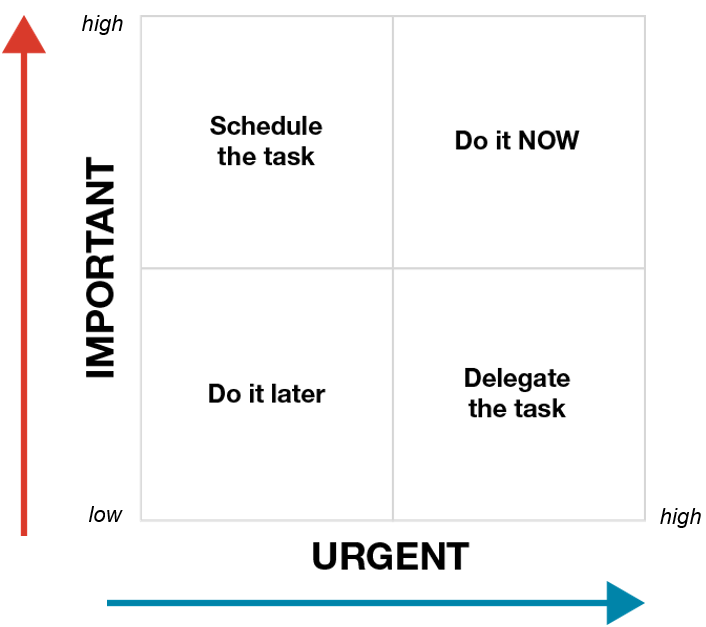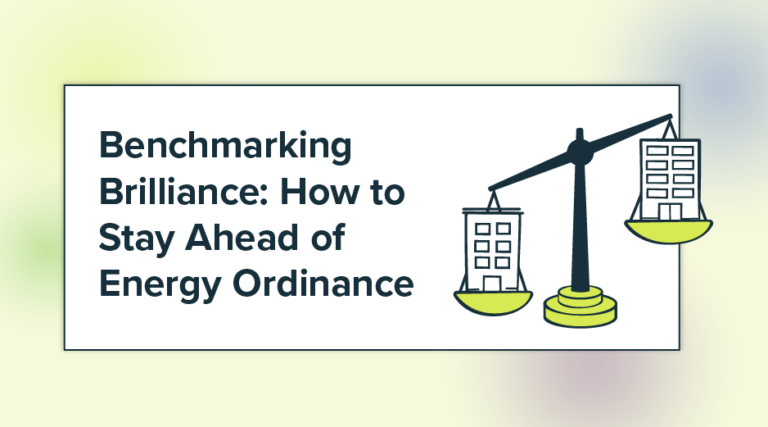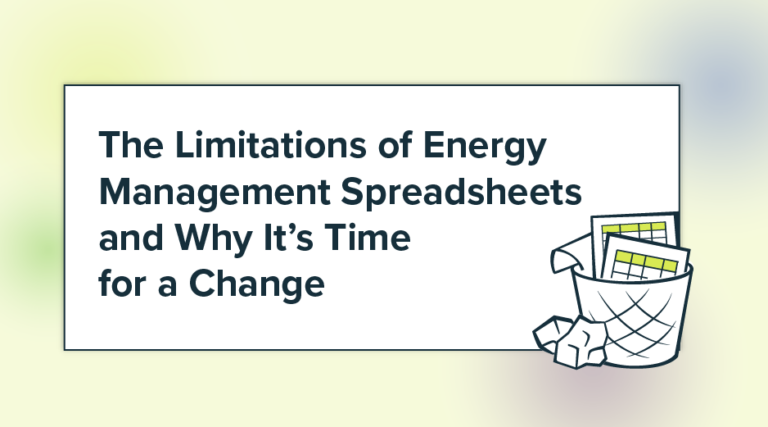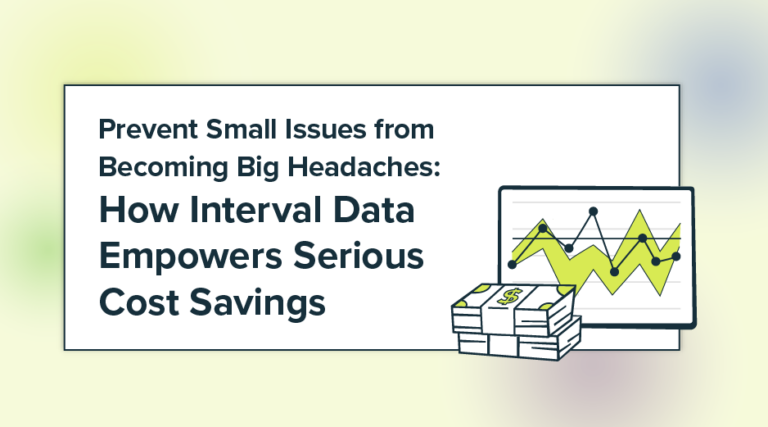As an energy management professional, there are so many “urgent” demands on your time. But President Dwight D. Eisenhower stated, “What is important is seldom urgent and what is urgent is seldom important.” This is a valuable perspective for an energy management professional! 
Eisenhower is credited with developing a simple tool that can be used to ensure that important tasks are getting our time and attention. It has been called the Eisenhower matrix. We will introduce the tool in today’s blog, and share a couple of examples illustrating how you can use it.
Using the matrix, you can organize and categorize your tasks in terms of urgency and importance. All of your tasks will fall into one of the four quadrants.
Lower Left Quadrant
Let’s start at the lower left-hand corner. This quadrant is reserved for tasks that are low urgency and low importance. These are tasks you can do later, or not at all.
 Lower Right Quadrant
Lower Right Quadrant
The lower right-hand quadrant is where you can list the tasks that have a high urgency but low importance. These tasks need to be completed, but often can be delegated to others. Tasks in this category often afford good opportunities to train and mentor other staff members or energy stakeholders to assist so that you can focus your time on issues that are of higher importance.
Upper Right Quadrant
The quadrant in the upper right is reserved for those issues that are both highly urgent and highly important. These are the things that you must do immediately. Your challenge is to keep this list as short as possible, because this is not the ideal place to work.
Upper Left Quadrant
It may surprise you, but if you want use the matrix most effectively, most of your time should be spent in the upper left quadrant. These are the issues that are important but not so urgent. These are generally the tasks that must be scheduled, because otherwise they might be left undone. It is all too easy to avoid these tasks or to just pass over them. But frequently, your greatest accomplishments will be in this area of the matrix.
To see how this works in practice, let’s look at some examples to see where they would fit in the matrix:
EXAMPLE 1: Building Sprinkler System
Let us suppose that you get a call that the sprinkler system in one of your buildings is leaking. This is definitely a high urgency priority. But what about its importance? If the malfunction is in the president’s office, it would be an issue of high importance that you might need to attend to yourself. But if the sprinkler problem is in a basement utility closet, it could be the kind of low-importance task that could be delegated to others.
EXAMPLE 2: Utility Bill Error
In this example, you have identified a probable billing error, and you need to call the vendor to discuss it. Since billing issues tend to compound in urgency over time, it would be appropriate to classify this task as high importance, but it’s certainly not urgent. It could be completed any time in the next couple of weeks (unless your organization’s utility bill workflow or the magnitude of the error dictates otherwise). This important task should be scheduled to ensure that it is completed before it becomes urgent. Set aside half an hour to make a phone call to your utility representative.
As you can see, the Eisenhower matrix is a useful tool to help set priorities and effectively manage your time so that you’re focusing on the things that are of high importance to your organization.
See if you can use the Eisenhower matrix this week to organize your task list. By prioritizing the important tasks above the demands of the urgent, you will be delighted with the gains in your productivity and your energy management program. If you are already familiar with the Eisenhower Matrix, and have used it successfully, share your story with us!
This blog content was freely adapted from an Energy Leader Webinar presented by SJ Bergman. A copy of the SlideDoc is also available.
{{cta(’21bee161-c7de-4a75-a597-8a0117a2de02′)}}
 Best-in-class portfolio-level energy and utility bill data management and reporting.
Best-in-class portfolio-level energy and utility bill data management and reporting.
 Real-time energy and sustainability analytics for high-performance, net-zero buildings.
Real-time energy and sustainability analytics for high-performance, net-zero buildings.
 A holistic view of financial-grade scope 1, 2, and 3 carbon emissions data across your entire business.
A holistic view of financial-grade scope 1, 2, and 3 carbon emissions data across your entire business.
 Energy and sustainability benchmarking compliance software designed for utilities.
Energy and sustainability benchmarking compliance software designed for utilities.

 Lower Right Quadrant
Lower Right Quadrant

